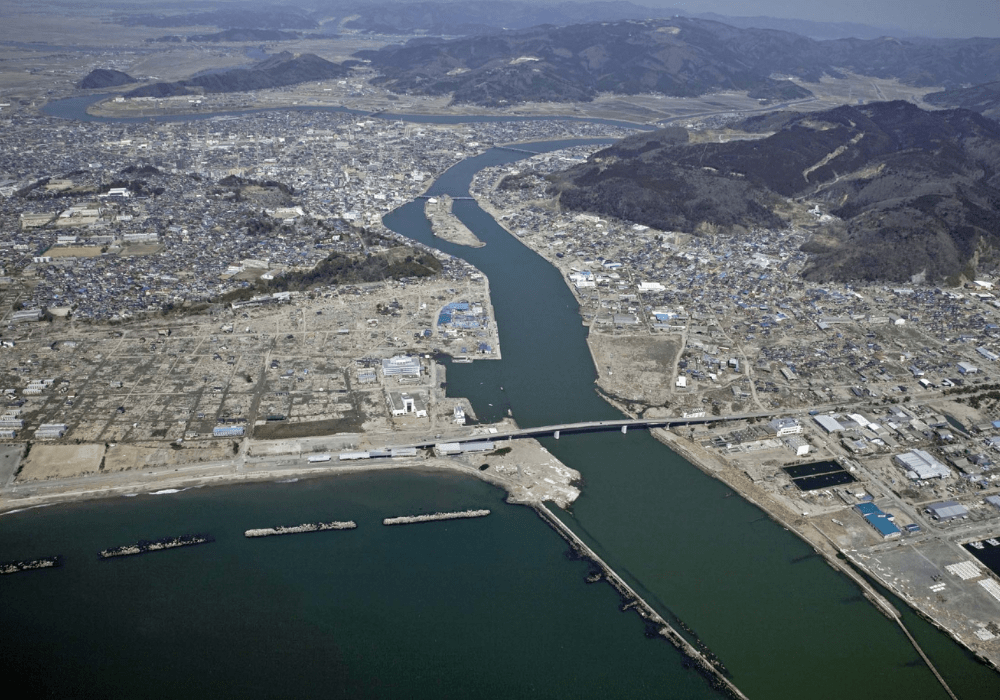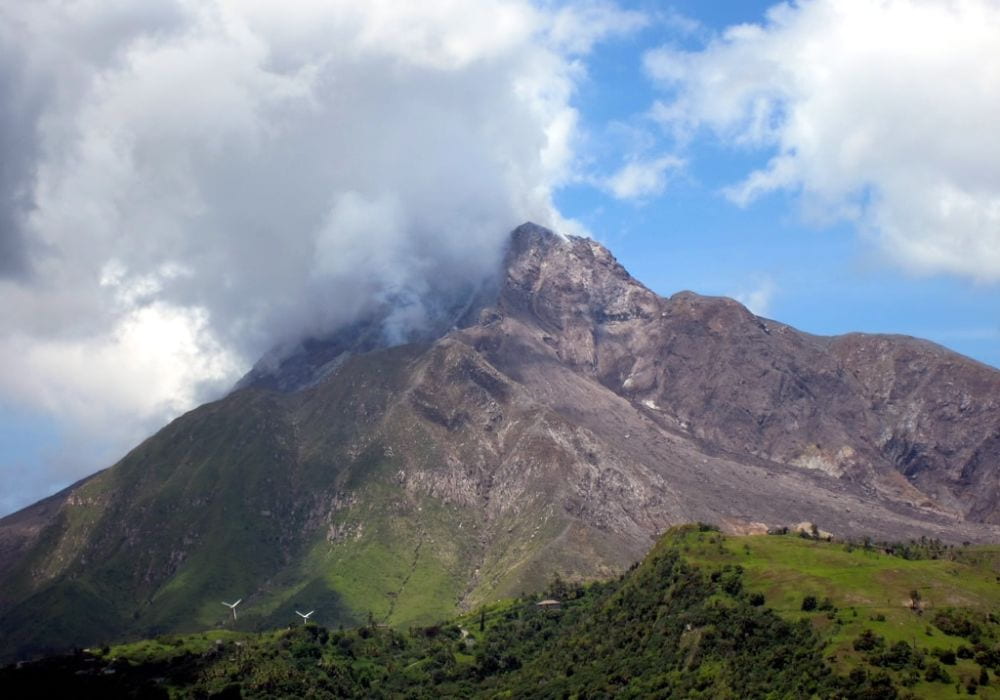
Increased incidences of natural disasters such as wildfires are an expected byproduct of climate change. Wetter winters, drier summers, and hotter temperatures are predicted for North America’s west coast in coming years, with recent atmospheric rivers putting California in even further danger of a worsened wildfire season. In preparation for a major fire disaster, California must leverage modern technologies such as wildfire spread models.
Continue reading “California is Improving Disaster Preparedness and Response Through Wildfire Modeling”








